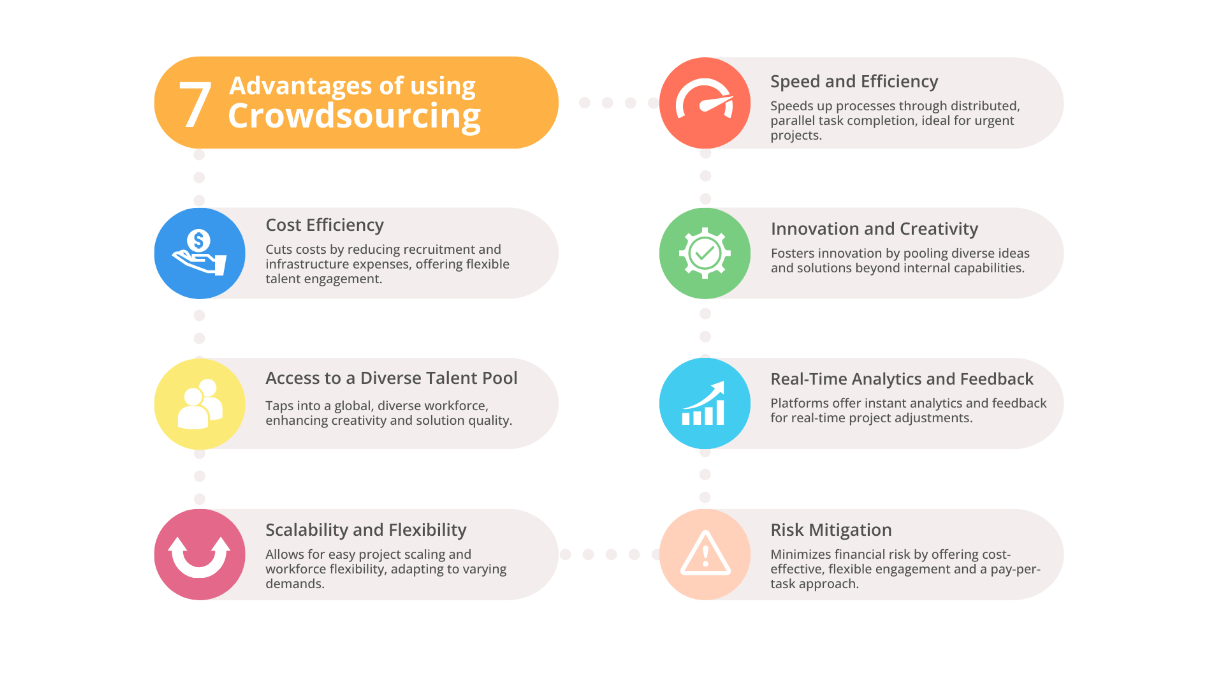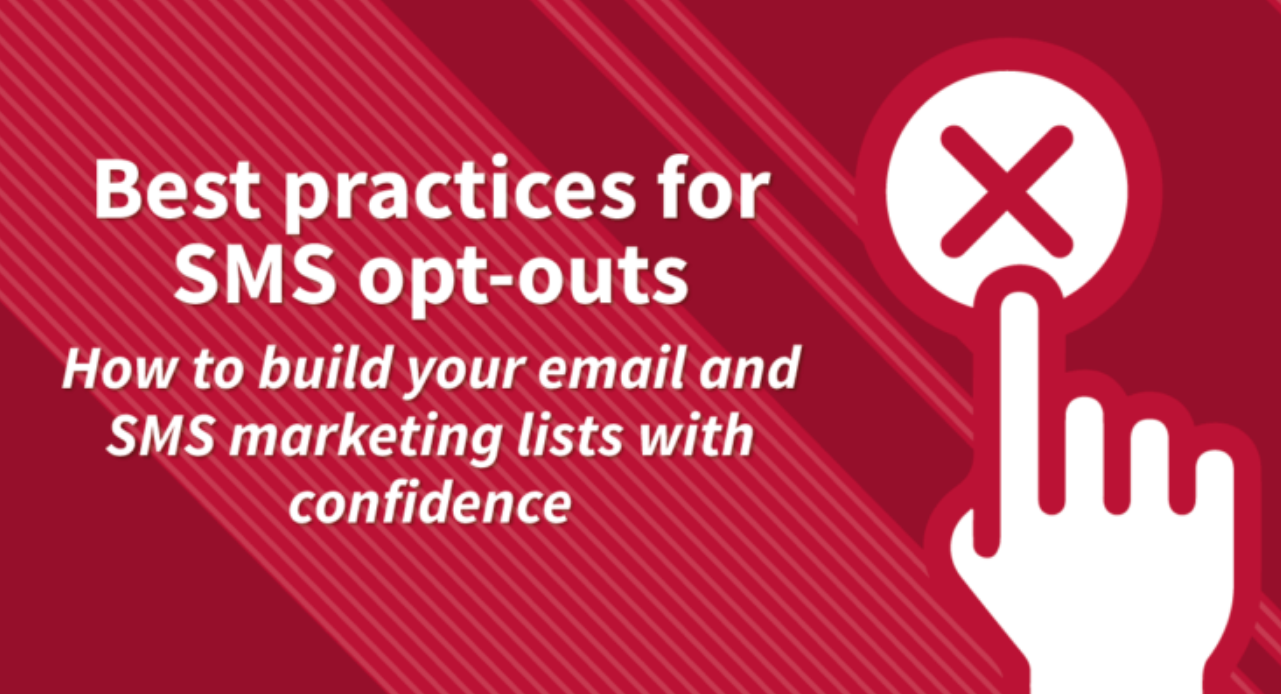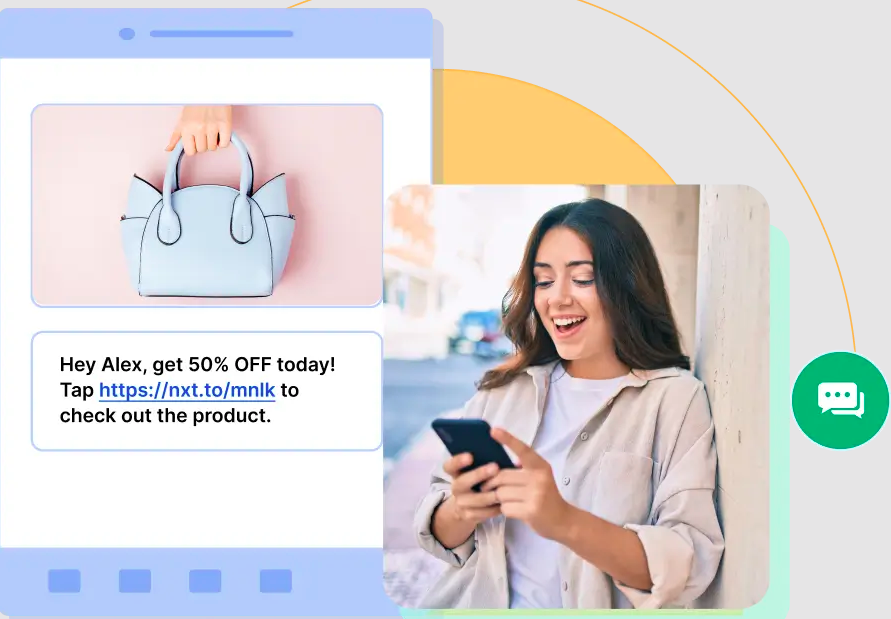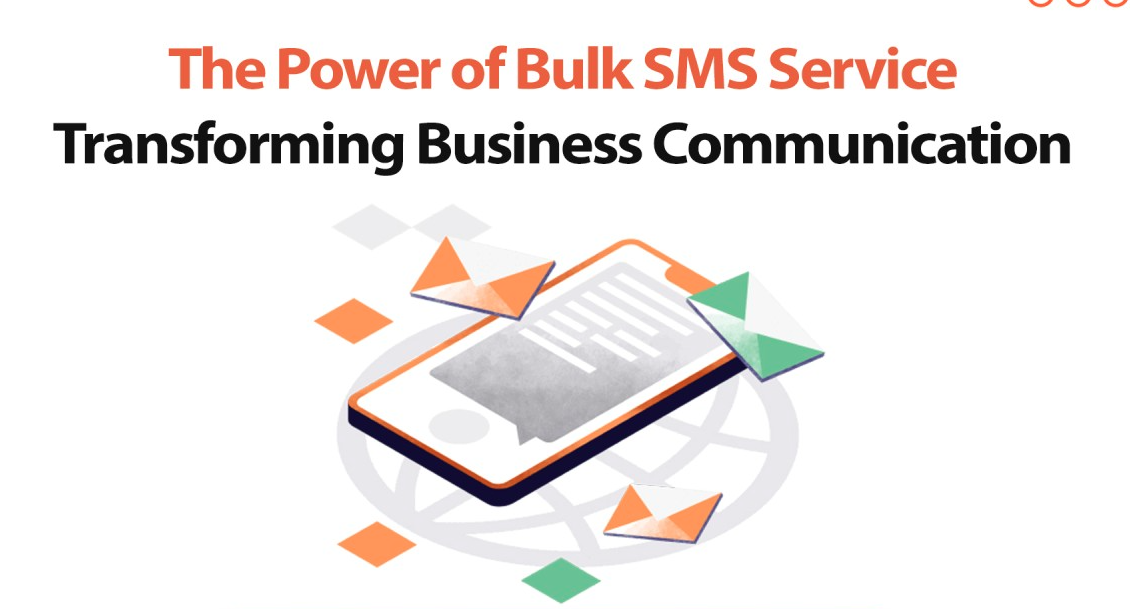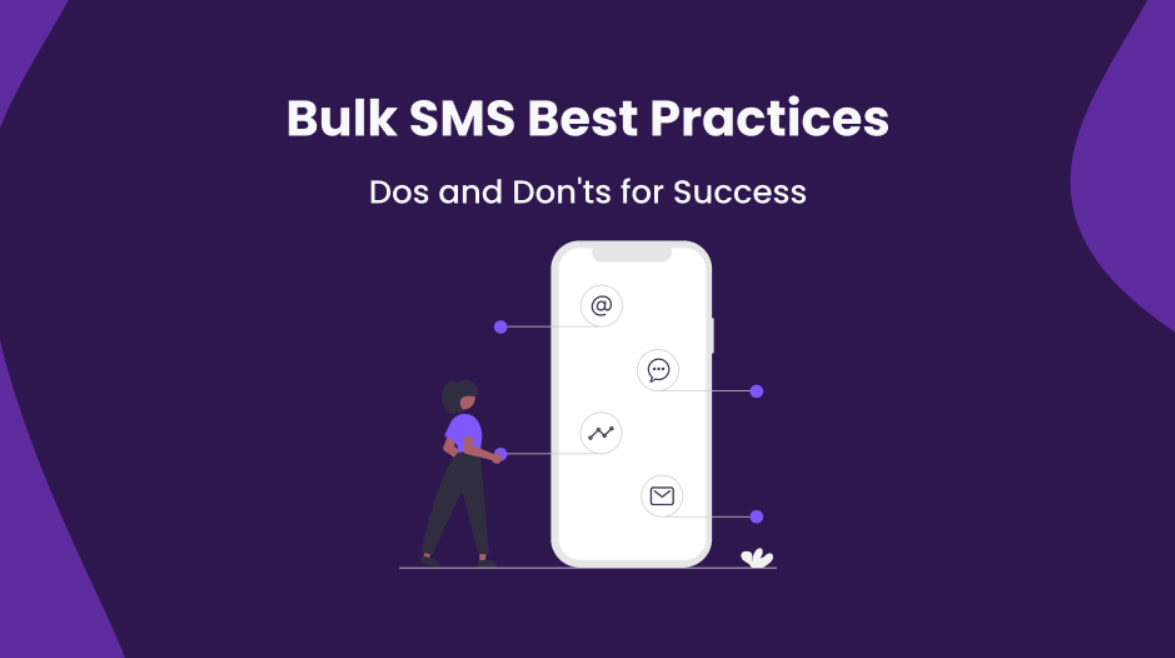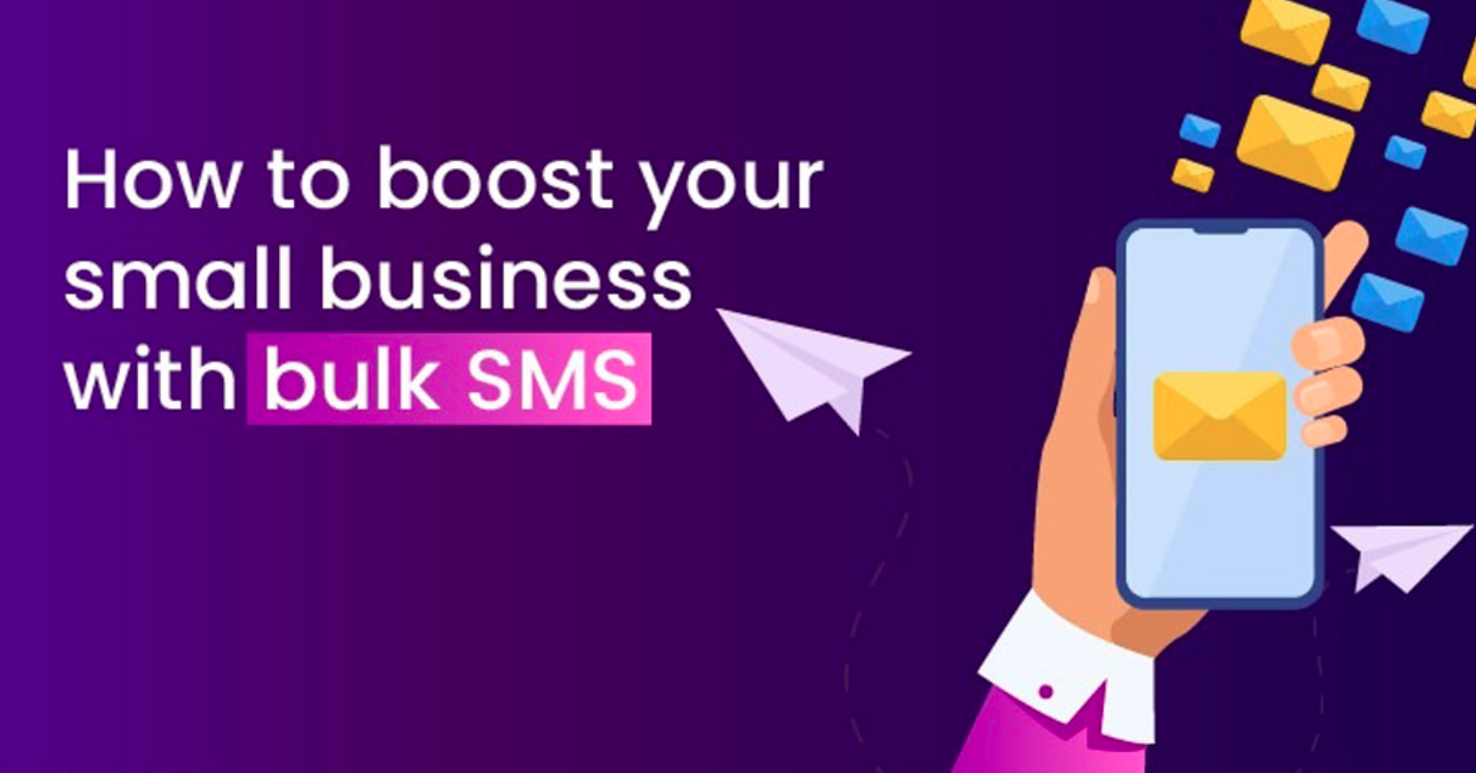Bulk SMS messaging has become a pivotal tool in political campaigns, enabling candidates and parties to reach voters directly, disseminate information, and mobilize support. However, its use comes with significant considerations regarding ethics, privacy, and effectiveness. This guide explores strategies for leveraging bulk SMS in political campaigns while adhering to ethical guidelines and respecting voter privacy.
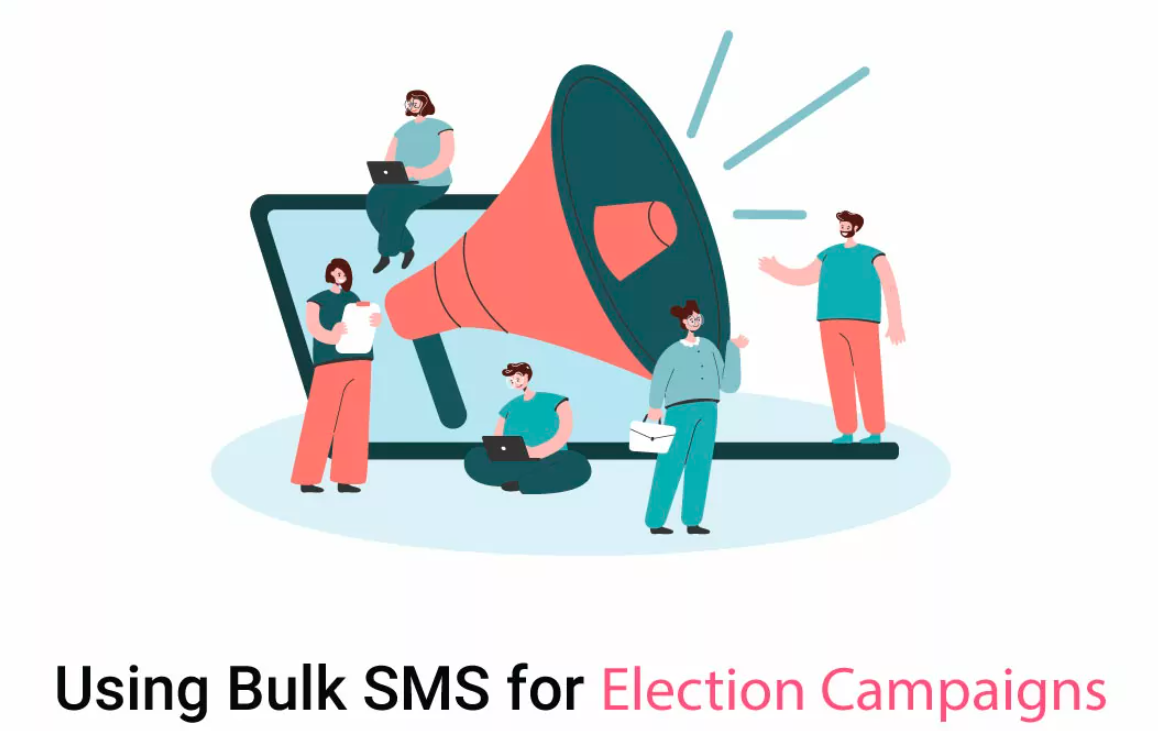
The Power of Bulk SMS in Political Campaigns
Bulk SMS offers several advantages that make it an essential component of modern political campaigns:
Direct Voter Engagement
SMS (Short Message Service) enables political campaigns to establish direct engagement with voters through their mobile devices, facilitating rapid delivery of campaign updates, event invitations, and policy announcements in real-time. This direct communication channel empowers political campaigns to reach voters instantly, providing crucial information such as candidate activities, upcoming events, and detailed policy stances.
By leveraging SMS, campaigns can foster immediate voter interaction, encouraging feedback, volunteer recruitment, and mobilization efforts efficiently. This personalized approach enhances voter awareness and participation, ensuring that constituents remain informed and engaged throughout the electoral process.
Additionally, SMS platforms allow for targeted messaging based on voter demographics and preferences, optimizing outreach strategies for maximum impact. Overall, SMS integration into political campaigns represents a powerful tool for enhancing voter outreach, enabling campaigns to effectively communicate their message and connect directly with the electorate in a timely and impactful manner.
High Open and Response Rates
With open rates as high as 98% and rapid response times, SMS ensures that political campaign messages reach and prompt action from a significant portion of the electorate. This unparalleled level of engagement stems from the direct and immediate nature of SMS communication, ensuring that political campaigns can effectively disseminate information, mobilize supporters, and drive voter turnout efficiently.
By leveraging SMS, political campaigns capitalize on the high likelihood that their messages will be read promptly, thereby maximizing the impact of their outreach efforts. This direct access to voters facilitates real-time communication of campaign updates, event invitations, and policy announcements, fostering a dynamic interaction that enhances voter awareness and engagement.
Overall, SMS’s high open rates and quick response times make it a pivotal tool in modern political campaigning, enabling campaigns to connect directly with voters and effectively influence electoral outcomes.
Cost-Effectiveness
Compared to traditional media, bulk SMS offers a cost-effective means to reach a broad audience, making it accessible even for political campaigns operating on limited budgets. Traditional media such as television, radio, and print advertising often require substantial financial investments that may exceed the resources available to smaller or grassroots campaigns.
In contrast, bulk SMS allows political campaigns to deliver messages directly to voters’ mobile devices at a fraction of the cost, minimizing expenditures while maximizing reach and engagement. This affordability democratizes access to communication channels typically dominated by larger political campaigns or well-funded entities, leveling the playing field in political messaging.
Moreover, the targeted nature of SMS campaigns enables efficient allocation of resources, ensuring that each message reaches relevant recipients, thereby optimizing the impact of every campaign dollar spent. Ultimately, the cost-effectiveness of bulk SMS makes it an invaluable tool for campaigns looking to maximize their outreach while managing their financial resources effectively.
Targeted Messaging
Campaigns can enhance their outreach strategies by segmenting voter lists based on demographics, location, and interests, enabling highly targeted and personalized messaging that resonates deeply with specific voter groups. This segmentation allows political campaigns to tailor their communication efforts to address the unique concerns, preferences, and priorities of different demographic segments within the electorate.
By understanding and leveraging demographic data such as age, gender, income level, and occupation, political campaigns can craft messages that are more relevant and compelling to each segment, increasing the likelihood of engagement and support. Moreover, geographic segmentation enables campaigns to deliver localized messages that address issues pertinent to specific regions or communities, fostering a sense of local relevance and connection among voters.
Additionally, by targeting voters based on their interests and past interactions with the campaign, such as attending events or volunteering, campaigns can further personalize their messaging, strengthening relationships and driving deeper engagement. Overall, the ability to segment voter lists empowers political campaigns to optimize their outreach efforts, effectively communicate their message, and cultivate meaningful connections with diverse voter groups throughout the electoral process.
Strategies for Effective Bulk SMS in Political Campaigns
Build a Quality Subscriber List
Building a subscriber list of voters who opt-in to receive SMS updates from your campaign begins with a strategic approach across multiple channels. First, establish a clear opt-in process on your campaign website, making it easy for visitors to subscribe by prominently displaying a sign-up form and outlining the benefits of receiving updates. Utilize social media platforms to promote your SMS updates, encouraging followers to subscribe for timely campaign information. At events, integrate sign-up opportunities by collecting phone numbers with consent and explaining how subscribers will benefit from staying informed.
Ensure compliance with local regulations, such as obtaining explicit consent and providing opt-out options in every message. Respect privacy concerns and communicate transparently about how subscriber data will be used and protected. Regularly engage with your subscriber base by delivering valuable content, such as campaign updates, event invitations, and policy insights, to maintain interest and retention. By leveraging multiple channels and adhering to regulations, political campaigns can effectively build a robust and engaged subscriber list for SMS updates, enhancing voter outreach and engagement throughout the electoral cycle.
Craft Compelling and Clear Messages
When crafting SMS messages for your campaign, prioritize brevity and clarity within the 160-character limit. Clearly state the purpose of the message, whether it’s a campaign update, event invitation, or call to action. For example, “Join us at the rally this Saturday! Click for details and RSVP now.” This format ensures recipients quickly grasp the message’s intent and are more likely to engage. By maintaining concise and focused communication, campaigns effectively convey information while maximizing impact and engagement with voters on their mobile devices.
Personalize Messages
Personalizing SMS messages using voter data enhances engagement by demonstrating relevance and addressing recipients’ specific interests and concerns. Incorporate recipients’ names to create a personalized greeting, such as “Hi [Name], join us at the town hall on [Local Issue] tomorrow!” This approach acknowledges the individual recipient and their local context, fostering a stronger connection with the campaign.
Referencing previous interactions, like attendance at events or volunteer efforts, further strengthens personalization and encourages ongoing engagement. By leveraging voter data effectively, campaigns can tailor messages that resonate on a personal level, increasing the likelihood of voter support and participation throughout the electoral process.
Timing and Frequency
Respecting voter preferences is crucial for effective SMS communication in political campaigns. Begin by analyzing data to determine optimal send times for different voter segments, considering factors like geographic location and demographic characteristics. For instance, sending messages during evening hours may be more effective for engaging working adults, while weekends might be preferable for reaching younger voters.
Limit the frequency of SMS messages to avoid overwhelming recipients. Strike a balance by spacing out communications and focusing on sending messages that are timely and relevant. Use subscriber preferences to allow voters to specify the frequency and types of updates they wish to receive, ensuring they feel in control of their engagement with the campaign.
By respecting optimal send times and managing message frequency, political campaigns can enhance voter engagement and maintain positive interactions through SMS, contributing to a more effective electoral outreach strategy.
Provide Value and Transparency
When sending SMS messages in political campaigns, prioritize providing clear value to voters with every communication. Ensure that each message offers valuable information such as updates on the candidate’s platform, opportunities for volunteering, or invitations to relevant events. For example, “Learn about our education reforms and volunteer to make a difference. Reply STOP to opt out.”
Transparency about data usage is essential. Clearly communicate how voter data will be used, stored, and protected. Include instructions on how recipients can opt out of receiving further messages, ensuring compliance with regulations and respecting voter preferences. This approach builds trust and demonstrates respect for voter privacy, fostering positive relationships between the campaign and its supporters.
By consistently offering value, maintaining transparency, and respecting opt-out preferences, political campaigns can effectively leverage SMS as a powerful tool for voter engagement and communication during political campaigns.
Ethics and Privacy Considerations
Consent and Opt-In
Respecting voter privacy is paramount in SMS communications for political campaigns. Always obtain explicit consent from individuals before sending them any messages. Clearly articulate how their personal information, including their phone number, will be used, stored, and protected. This transparency builds trust and ensures compliance with privacy regulations.
Provide recipients with a straightforward opt-out option in every message. For example, include instructions such as “Reply STOP to unsubscribe” or a link to easily manage their subscription preferences. This empowers recipients to control their engagement with the campaign and demonstrates respect for their preferences.
By prioritizing explicit consent, transparent communication about data usage, and providing easy opt-out mechanisms, campaigns can uphold voter privacy standards and foster positive relationships with voters throughout the electoral process.
Data Protection
When conducting SMS campaigns for political purposes, it’s crucial to adhere to data protection regulations such as GDPR (General Data Protection Regulation) in the European Union or CCPA (California Consumer Privacy Act) in California, USA, among others. Here are key considerations to ensure compliance:
- Explicit Consent: Obtain explicit consent from individuals before collecting their personal information, including phone numbers for SMS communication. Clearly explain how their data will be used and provide them with the option to opt out at any time.
- Data Security: Implement robust security measures to protect voter data from unauthorized access, misuse, or breaches. Use encryption for data transmission and storage to maintain confidentiality.
- Purpose Limitation: Use voter data solely for political campaign-related purposes as disclosed during consent. Avoid sharing or selling voter information for unrelated purposes without explicit consent.
- Transparency: Provide clear and transparent information about data practices, including how individuals can exercise their rights under applicable data protection laws (e.g., right to access, correct, or delete personal data).
- Retention and Deletion: Establish policies for the retention and deletion of voter data once it’s no longer necessary for campaign purposes or when individuals withdraw consent.
- Compliance Monitoring: Regularly review and update your data protection practices to ensure ongoing compliance with relevant regulations and guidelines.
By adhering to these principles and regulations, campaigns can build trust with voters, protect their privacy rights, and mitigate legal risks associated with data handling during SMS campaigns.
Avoid Spamming and Over-Messaging
Respecting voter preferences in SMS campaigns involves several key practices to ensure messages are well-received and engaging:
- Optimize Content: Craft concise and relevant messages that provide clear value to recipients, such as updates on political campaign activities, invitations to events, or opportunities to get involved. Avoid overly promotional or repetitive content that may come across as spammy.
- Frequency Management: Strike a balance in messaging frequency to avoid overwhelming recipients. Monitor engagement metrics and adjust send times to align with optimal response periods for different voter segments.
- Personalization: Tailor messages based on voter preferences and previous interactions with the campaign. Use segmentation strategies to deliver targeted content that resonates with specific voter interests or demographics.
- Transparency and Control: Clearly communicate how often recipients can expect to receive messages and provide easy opt-out options in every communication. Respect opt-out requests promptly to maintain trust and compliance with regulations.
- Feedback Mechanisms: Encourage recipients to provide feedback on the frequency and content of messages. Use this input to refine messaging strategies and improve engagement over time.
By implementing these practices, campaigns can enhance voter engagement through SMS communications while demonstrating respect for recipients’ preferences and maintaining a positive relationship with their audience.
Fact-Checking and Accuracy
When disseminating information via SMS for campaigns, accuracy and credibility are paramount. All information must be thoroughly fact-checked to ensure it is truthful and compliant with campaign regulations. Misleading or false information not only risks legal repercussions but also damages trust with voters, potentially undermining the entire campaign effort.
Campaign teams should establish rigorous processes for verifying information before sending it out, ensuring that every detail is backed by reliable sources. This approach not only protects the campaign’s integrity but also strengthens its reputation among voters. Transparency about sources and methodologies used in gathering information further reinforces credibility.
By prioritizing accuracy and adhering to ethical standards in communication, campaigns can maintain trust, engage voters effectively, and navigate regulatory requirements successfully.
Accountability and Transparency
Transparency throughout the campaign process is essential, especially concerning funding sources for SMS campaigns and affiliations. Voters deserve clarity regarding the origins of messages they receive and the motivations behind them. Disclosing funding sources ensures accountability and helps voters assess any potential biases or interests influencing campaign communications.
Similarly, disclosing affiliations clarifies connections between senders and the messages being conveyed, fostering trust and transparency in electoral communication. This commitment to openness not only complies with regulatory requirements but also demonstrates respect for voters’ right to informed decision-making.
Campaigns should proactively provide accessible information about funding and affiliations, empowering voters to make informed choices based on complete and reliable information. By prioritizing transparency, campaigns uphold democratic principles and strengthen their credibility with the electorate.
Case Studies: Successful Examples of Bulk SMS in Political Campaigns
Case Study 1: Barack Obama 2008 Political Campaign
Barack Obama’s presidential campaign in 2008 successfully used bulk SMS to mobilize supporters, announce rallies, and solicit donations. The campaign’s use of personalized messages and strategic timing contributed to its grassroots mobilization efforts and voter turnout.
Case Study 2: Narendra Modi 2014 Political Campaign
Narendra Modi’s political campaign in India’s 2014 elections utilized bulk SMS to reach millions of voters across the country. The campaign used SMS to deliver targeted messages about Modi’s policies and achievements, helping to build momentum and secure victory.
Case Study 3: Justin Trudeau 2015 Political Campaign
Justin Trudeau’s political campaign in Canada’s 2015 federal election employed bulk SMS to engage young voters, promote campaign events, and encourage voter registration. The campaign’s use of SMS contributed to increased voter turnout among younger demographics.
Best Practices for Ethical Bulk SMS in Political Campaigns
Respect Voter Privacy and Consent
When sending SMS messages to voters, obtaining explicit consent is crucial. Campaigns must ensure that individuals have willingly agreed to receive communications, respecting their privacy and preferences. Clear information about how their data will be used, including the purpose of SMS messages, helps voters make informed decisions. Additionally, providing a straightforward opt-out mechanism allows recipients to easily unsubscribe from further messages whenever they choose, demonstrating respect for their autonomy.
By prioritizing explicit consent and transparent communication about data practices, campaigns uphold ethical standards and regulatory requirements. This approach not only safeguards voter privacy but also fosters trust and respect within the electorate. Political campaigns should maintain robust systems for managing consent preferences and promptly honor opt-out requests to uphold their commitment to responsible communication practices throughout the electoral process.
Maintain Transparency
Transparency regarding the source of SMS messages, campaign affiliations, and funding sources is essential for fostering trust and accountability in electoral communication. Voters deserve to know who is behind the messages they receive and understand the motivations and interests involved. Clear disclosure of campaign affiliations helps voters assess the context and potential biases of the information they receive, enabling them to make informed decisions.
By openly sharing information about funding sources, campaigns demonstrate accountability and integrity, complying with regulatory requirements and ethical standards. This commitment to transparency not only strengthens credibility but also reinforces democratic principles by empowering voters with complete and reliable information.
Campaigns should prioritize openness throughout the electoral process, ensuring that every SMS message reflects clear attribution and provides voters with the necessary context to understand its purpose and origin. This approach not only enhances transparency but also builds trust and credibility with the electorate.
Monitor and Respond to Feedback
Monitoring responses to SMS messages and promptly addressing voter feedback are critical for optimizing campaign effectiveness. By actively listening to voter responses, campaigns can gauge the impact of their messages and identify areas for improvement in content, timing, and overall strategy.
Feedback from recipients provides valuable insights into voter preferences, concerns, and engagement levels. Campaigns can use this information to refine message content, ensuring it resonates with the audience and effectively communicates campaign goals. Adjusting the timing of messages based on feedback helps maximize reach and engagement, avoiding potential annoyance or disregard from recipients.
Furthermore, integrating voter feedback into the broader campaign strategy allows for agile adjustments that align with voter expectations and preferences. This iterative approach not only enhances communication effectiveness but also demonstrates responsiveness and attentiveness to voter needs.
By leveraging feedback to continuously improve SMS messaging strategies, campaigns can foster deeper engagement, build trust with voters, and enhance overall campaign outcomes.
Comply with Regulations
Adherence to local and national regulations governing SMS marketing and political communications is imperative for maintaining legal compliance and ethical standards in campaigns. It is crucial for campaign teams to thoroughly understand and consistently follow electoral laws and guidelines related to SMS messaging.
These regulations typically cover aspects such as:
- Consent and Opt-in Requirements: Ensuring that recipients have explicitly consented to receive SMS messages and providing a clear opt-out mechanism.
- Disclosure Requirements: Transparently identifying the sender of the message, including campaign affiliations, and disclosing funding sources.
- Content Guidelines: Adhering to rules on the content of SMS messages, avoiding misleading or deceptive information, and respecting privacy rights.
- Timing Restrictions: Complying with restrictions on the timing of SMS messages to avoid inconvenience to recipients.
- Data Protection: Safeguarding voter data collected through SMS interactions and ensuring compliance with data protection regulations.
Campaigns should establish robust processes and protocols to ensure strict adherence to these regulations throughout the electoral period. This includes regular reviews of guidelines, training for campaign staff, and proactive measures to address any compliance issues promptly.
By prioritizing legal compliance and ethical standards in SMS messaging and other campaign activities, campaigns uphold integrity, protect voter rights, and maintain trust with the electorate.
Also read: Using Bulk SMS to Enhance the Customer Journey in Luxury Retail
Educate Voters
Using SMS to educate voters about crucial election information such as dates, polling locations, and voter registration deadlines is crucial for fostering civic participation and engagement. By sending timely reminders and clear instructions via SMS, voters can stay informed and empowered to exercise their right to vote.
This approach not only enhances accessibility to electoral processes but also helps in overcoming barriers like lack of awareness or access to information. Empowering voters with accurate and accessible information through mobile communication promotes a more inclusive democratic process.
It encourages broader participation from diverse communities, ensuring that every eligible voter has the opportunity to make informed decisions and contribute to shaping their community and country. Therefore, leveraging SMS for voter education plays a pivotal role in strengthening democratic values and ensuring a more active and informed electorate.
Conclusion
Bulk SMS has revolutionized political campaigns by offering candidates and parties a direct and efficient means to engage with voters, mobilize support, and disseminate information. This technology enables timely communication of campaign updates, policy positions, event details, and crucial election information to a broad audience, enhancing outreach and fostering voter engagement. However, alongside its effectiveness, ethical considerations regarding consent, privacy, and transparency are paramount.
Maintaining voter trust and credibility requires political campaigns to adopt ethical practices in their SMS strategies. This includes obtaining explicit consent from recipients before sending messages, ensuring clear opt-in and opt-out mechanisms, and respecting privacy regulations such as data protection laws. Transparency in message content and sender identification is also essential to avoid misinformation and build accountability.
By prioritizing these ethical principles, campaigns not only comply with legal requirements but also demonstrate respect for voter rights. Ethical SMS practices contribute to a more inclusive democratic process by ensuring that all communications are fair, respectful, and supportive of informed decision-making among voters. Moreover, ethical SMS campaigns contribute to civic education and empowerment, encouraging voters to participate actively in elections and public discourse.
Embracing ethical standards in bulk SMS campaigns not only safeguards democratic values but also strengthens the credibility of political messaging. By upholding these principles, campaigns can maximize the potential of SMS as a tool for democratic participation and contribute positively to political discourse and voter engagement.



